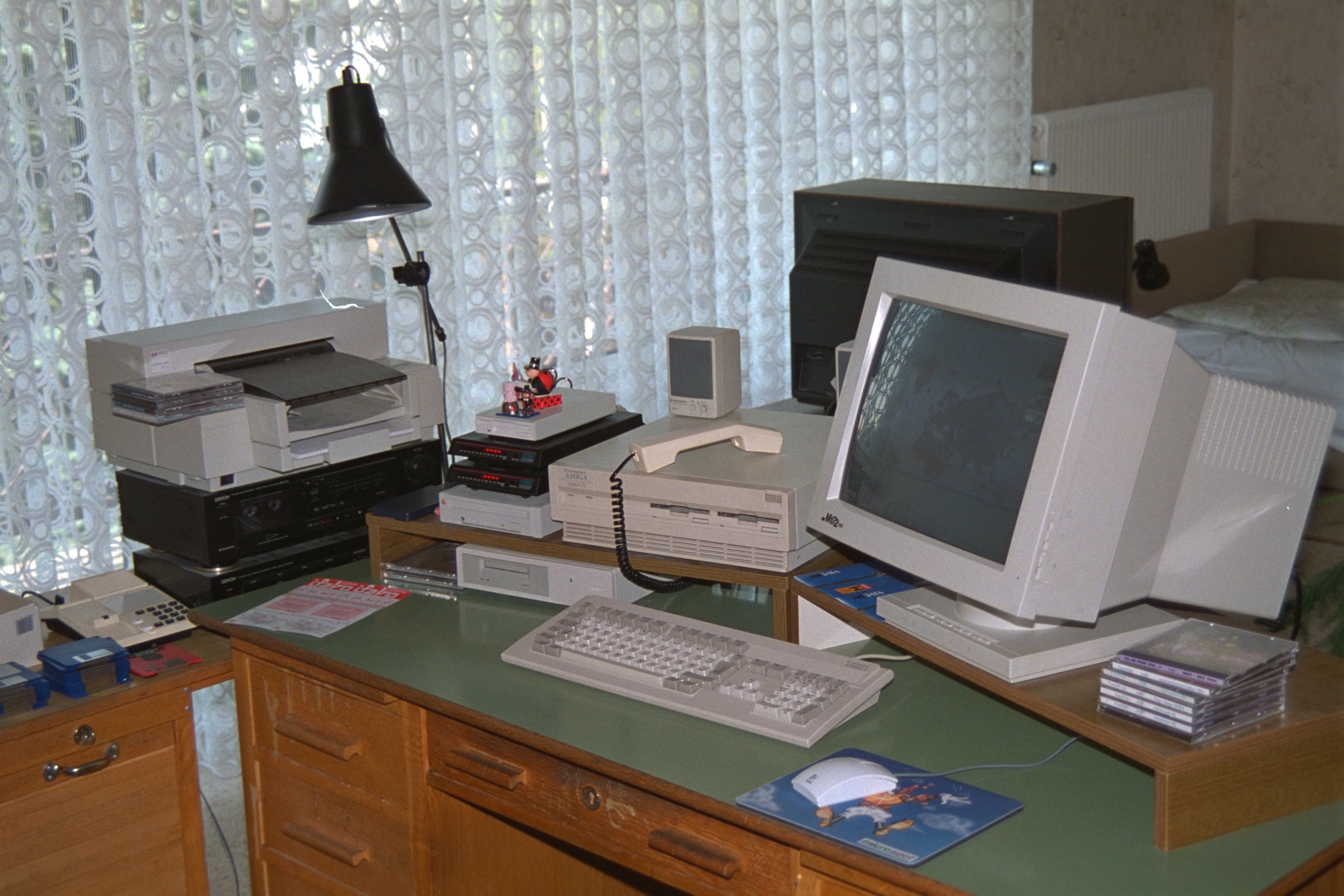In 2007, the Maricopa County Library District announced that its Gilbert Library would abandon Dewey Decimal Classification (DDC) in favor of the Book Industry Standards and Communications system of classification system (BISAC). The library district reported the change as a success, with non-fiction circulation increasing six fold.
BISAC is one of many Dewey-free classification systems. Instead of using numerical notation to indicate a document’s shelving location, Dewey-free systems organize documents alphabetically using natural language words. This is because many patrons find numbers intimidating. When words replace numbers, browsing increases. In 1998 Los Angeles librarian Steve Coffman proposed using a “bookstore model” to deliver library services. It can be argued that book store customers, as well as library patrons, are more comfortable with words, than with numbers.
One problem with DDC is that it organizes documents first by academic discipline, and then by topic, leading to materials on the same subject being shelved in different locations. This creates problems for non-academic as well as interdisciplinary works. My feeling is that DDC is WASP-centric. The list of categories marginalized is overwhelming, but includes developing countries, non-Christian religions, non-white races, non-male sexes, non-hetero sexual orientations. Of course, BISAC is in many ways no better. Inclusion requires effort.
Both DDC and BISAC are economic engines. They both want to extract money from libraries using their systems.
Personally, one of the main problems I experience with DCC, is its ability to handle Baha’i materials. An interesting history of classification at the World Centre in Haifa, can be found here. In addition, information about the “Phoenix Schedule” by Paul Gerard can be found here.
In our personal library system, I cannot imagine abandoning DDC, because of the enormous cost that would entail, especially in terms of time. Changing to a new system would require the cataloguer (Patricia), and and patrons (myself and our children), to learn new categories. This would require not just training, but numerous decisions about cataloguing rules. Despite this, there would still be exceptions, as no classification system can provide descriptions of everything.
Since all four of our library staff and patrons have university education, and are all reasonably proficient with numbers, DDCs use of numbers does not present a problem. The main challenge that can arise, is that a topic is stored under one discipline, rather than another.
At the same time I note that at least one of our local public libraries (Verdal) is supplementing its DCC call numbers, with word-based shelf descriptions. Yes, books with divergent DCC numbers are allowed to occupy the same time shelf!
Authority Control: An aside
Looking up Steve Coffman, I discovered that there are at least two authors, probably three, with the same name. There is one Steve Coffman who wrote: Chicken Justice: And Other Unexpected Lessons in Country Living; Another who co-authored, Establishing a Virtual Reference Service. I also suspect that the author of A Simple Guide to Glass Insulator Collecting is a third Steve Coffman.
Authority control requires cataloguers to assign each subject (author, book, organization or corporation) a unique identifier which must then be used consistently, uniquely, and unambiguously for all references to that same subject, even if there are variations such as different spellings, pen names, or aliases. It helps researchers track a specific subject with less effort, and provides more predictable search results.










